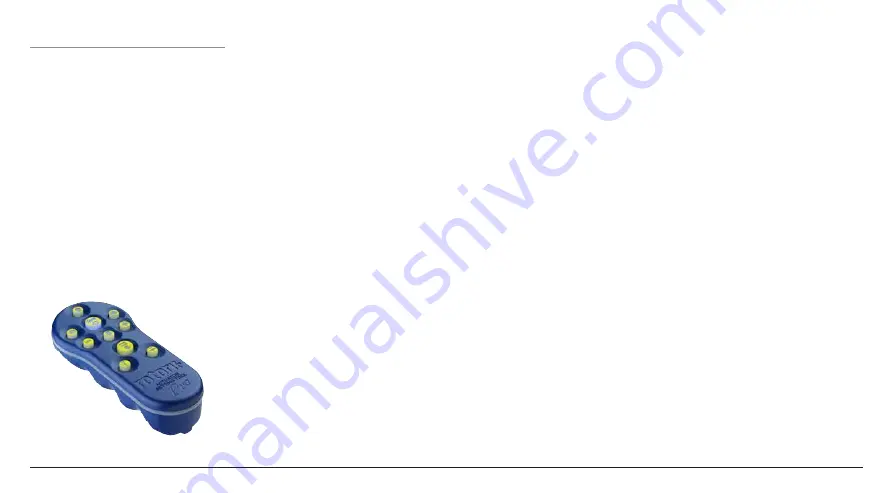
4
IQT3 manual – Section: Introduction
1.2 Rotork Setting Tool
The Rotork
Bluetooth
®
Setting Tool Pro
(BTST) combines the legacy IR and IrDA
communication protocols with the latest
Bluetooth
®
wireless technology. IR /
IrDA support for older Rotork products is
retained (for use as an IR communication
tool, please refer to publications
PUB002-003 and PUB002-004).
The new BTST is able to connect to Rotork
Bluetooth
®
wireless enabled actuators and
related software to setup and complete
missions. Missions are configurable
programs of instructions that are to be
performed by the BTST on an actuator and
include (but are not limited to) downloading
configuration and Data logger files as
well as uploading specific configurations
to the actuator. Different missions can be
programmed into the BTST via Insight2.
Rotork Bluetooth
®
Setting Tool Pro
Specification
Enclosure: IP54
The BTST has been built in accordance with
the following standards:
ATEX II 1 G, Ex ia IIC T4 Ga
IECEx – Ex ia IIC T4 Ga
USA – FM Int Safe Class I, Div 1, Groups A,
B, C & D, T4
Canada – CSA Exia Int Safe, Class I, Div 1,
Groups A, B, C & D, T4
Ambient Temperature Range:
Tamb = -30 °C to +50 °C
Operating Range:
Infra Red 0.75m
Bluetooth
®
10m
Enclosure Materials:
Polycarbonate ABS blend, Polycarbonate
and Silicon Rubber
Instructions for Safe Selection,
Installation, Use, Maintenance
& Repair
1.
The BTST must only be used in hazardous
areas (potentially explosive atmosphere)
permitted by the equipment classification,
temperature class and ambient temperature
range stated above (this is also stated on
the back of the BTST).
2.
The following checks must be conducted
on the BTST prior to taking it into a
hazardous area:
a.
The BTST function must be checked by
ensuring that the red or green LED, either in
the clear window or under the ‘Enter’ key
of the BTST, illuminates when any button
is pressed. If an LED does not illuminate,
there is a potential functional problem with
the BTST and the inspection or battery
replacement stated below in paragraph 6
must be performed.
b.
If the BTST is likely to come in contact
with aggressive substances (e.g. solvents
that may affect polymeric materials), then
it is the responsibility of the user to take
suitable precautions (e.g. regular checks
as part of the routine inspections or
establishing that the enclosure materials
are resistant to the specific chemicals) that
prevent the BTST being adversely affected,
thus ensuring that the type of protection is
not compromised.
3.
It is essential that the actuator settings
are checked for compatibility with the valve,
process and control system requirements
before the actuator is put into service.
4.
No user adjustment of the BTST is required.
5.
The BTST must be inspected every three
months, in a safe (non-hazardous), dry area
by suitably trained personnel, to ensure it
has been maintained in accordance with the
applicable code of practice.
6.
In accordance with the BTST
hazardous area approvals and with the
recommendations from the approved
battery suppliers, the following are
mandatory requirements for safe use:
a.
The inspections or replacement of the
batteries must be conducted in a safe (non-
hazardous), dry area.
b.
The batteries must be removed from the
BTST when it is not expected to be used for
3 months or longer.
c.
Discharged batteries must be removed
from the BTST to prevent possible damage.
d.
The battery compartment of the BTST
must be inspected every 3 months for any
battery leakage. If any battery leakage has
occurred then the BTST must not be used.





































